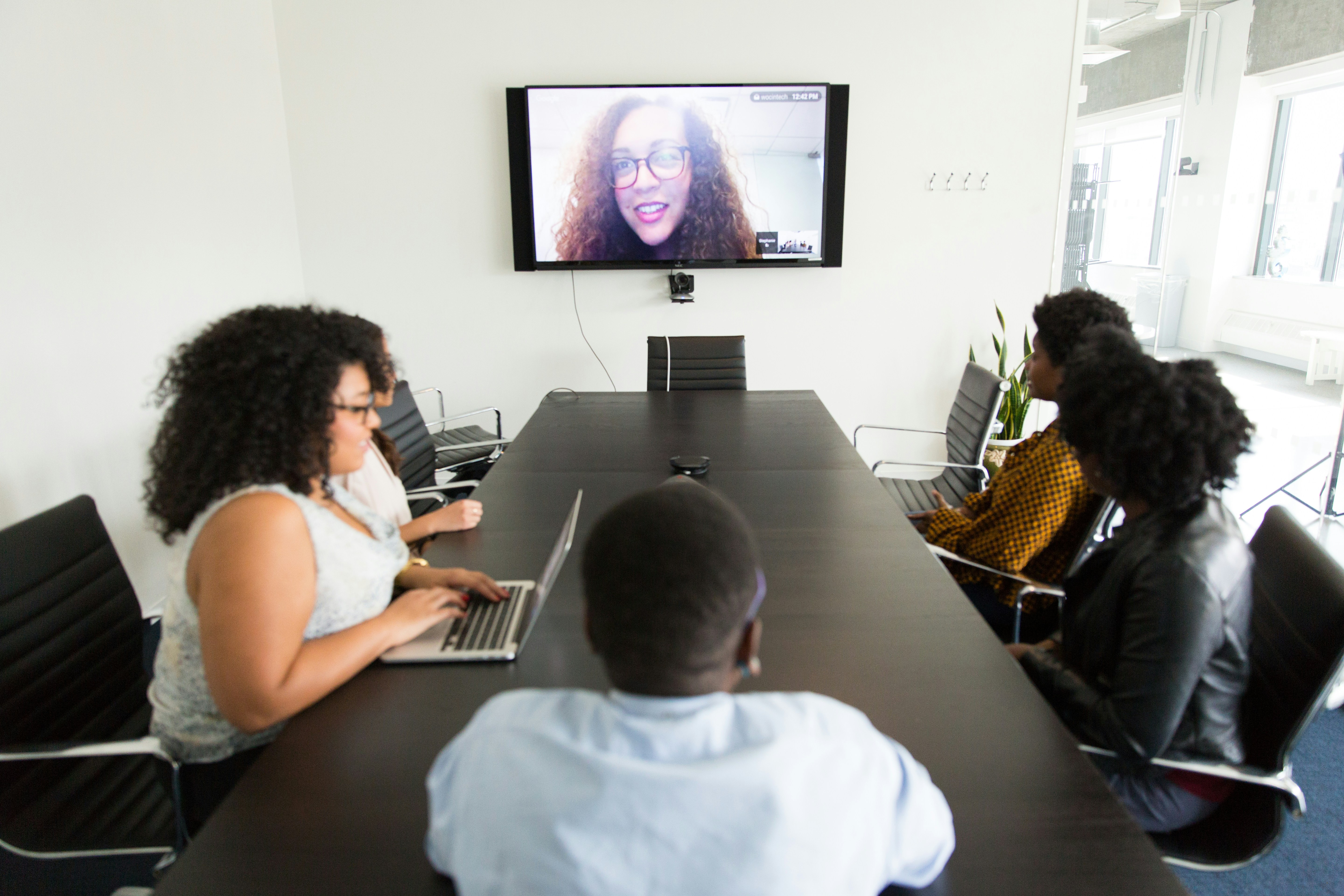How Far Along Is Your Recruitment Drive?
Given that you’ll be working closely with whichever applicant you choose, you should probably meet with them in person at some stage during the recruitment process. Yet, with average job listings attracting as many as 250 CVs, it’s rarely practical or time-efficient to meet with every potentially promising candidate straight away.
Video interviews that make it possible to sift through a lot of candidates in a short period can be especially effective early on in your recruitment drive. This is because video interviews tend to be faster, and based on general questions like experience and company knowledge. However, once you begin narrowing down your most promising candidates, video interviews tend to lose their value as they often fail to highlight crucial distinguishing factors, like personality, compatibility with company culture, and other visual clues.
What Role Are You Looking to Fill?
Different job roles require different interviews. As such, the specific role you’re looking to fill should always feature in your decision over whether or not to use video interviews. In some cases, you may find that there’s no actual need for an in-person meeting, while in other instances, video may fail to reveal all of the information that you need to make an informed recruitment decision.
You may find that video interviews are a far preferable and cost-effective option for entry-level roles where individuals don’t have any experience or industry-specific skills to detail. By comparison, you may prefer to meet face-to-face with a high-tier candidate such as a potential manager, who should preferably display things like company compatibility, and valuable skill sets, which you’d struggle to see in action without bringing them into the office.

How Quickly Do You Need to Recruit?
On average, recruitment drives tend to last between 3-6 weeks. Considering where on that spectrum your current recruitment drive sits can help you determine whether or not video interviews are best. After all, it’s far quicker to hop on a video call with a candidate than to set a date for them to come into the office. If you want to fill a role quickly, you could certainly enjoy the benefits of almost immediate video calls, sometimes on the same day as you receive an application. However, if you’re not in any immediate rush, you may prefer to stick to in-person interviews that you know work well for you.
To help you fully understand your employment time frame, consider things like –
- Whether anyone’s doing that job right now
- When you ideally require that role
- How long any temporary cover will last
- How fast you can expect to see improvements once you recruit
It’s also worth considering how many interviews a specific role might require. For more in-depth roles, it’s not unusual to offer as many as six interviews. If that's the case, you could speed things up a fair amount by using video at least some of the time. This can halve your recruitment time, saving you time in the office, and ensuring that you don’t lose promising candidates to another, more efficient company.
How Many People Need to Meet Your Interviewee?
For a lot of job roles, candidates don’t need to meet the whole team before you can determine whether or not they’ll be a good fit for your company. However, for most high-tier roles, it’s important to at least meet with people including potential teams, crucial board members, and any other managers.
While it isn’t impossible to bring the rest of your team into a video interview where necessary, it’s not always a good idea to do so. After all, even a great candidate may struggle to shine amidst things like lagging internet connections and multiple team members speaking at the same time. For this reason, if you feel any need to bring multiple members of staff on board, in-person interviews are likely preferable. However, if you’re the only person who needs to meet with a candidate, then it’s entirely possible to conduct a cohesive, efficient interview via video if you would prefer.
Do you Have the Right Tech?

To be effective, video interviews require specialist tech that might include premium Zoom packages, video recording software, and even a platform on which to store things like previous video interviews and interview information. This is vital for ensuring that video interviews always go off without a hitch and that the speedier nature of interviews like these doesn’t result in missing applicant information.
If you already use programs like Zoom for office meetings and have a decent recruitment platform to hand, then the chances are that video meetings could serve you well. However, if you don’t have this tech, and don’t think it would be cost-effective for your purposes, then you probably shouldn’t scrap in-person interviews just yet.
Make Video Interviews Viable Using HireHive
When used in the right setting, video interviews can undeniably power your recruitment drives, helping you to more efficiently find high-quality candidates, and handle even long-winded interview processes. Yet, for employers who have never used video interviews before, it can be difficult to know when it’s worth taking that leap.
With HireHive, even companies that are new to video interviews can start enjoying their benefits. As well as speeding up your recruitment drive thanks to a simple video interview scheduler, HireHive provides complete candidate tracking, which enables you to store detailed information that will keep even fast-fire video interviews fresh in your mind. HireHive also enables you to share promising candidate profiles with chosen team members, meaning that even multi-person video interviews will be easier to manage. Simply make room for video interviews in your recruitment drive by starting your free trial of HireHive today.









